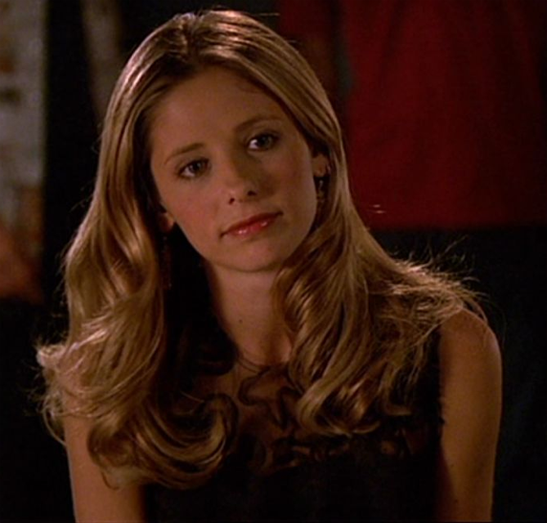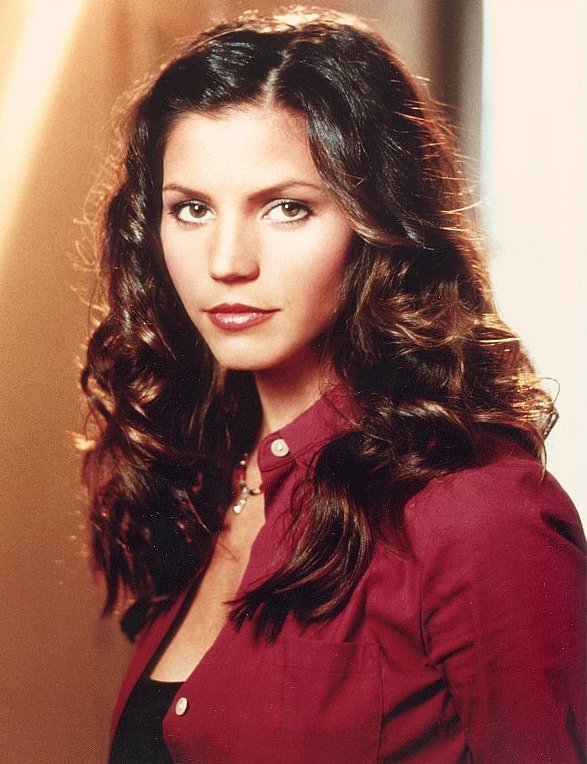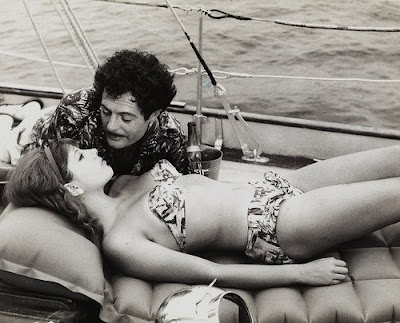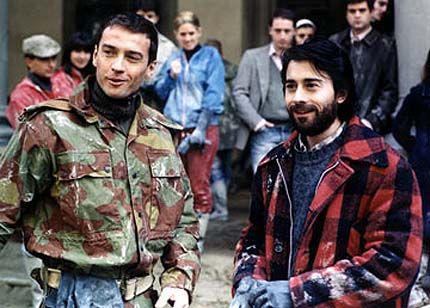Film is about art – art of acting, art of directing, and art of writing, among other things. Hollywood is about glamor. And one night a year, the epitome of Hollywood and film come together to celebrate the little golden man named Oscar. I love the Oscars. Let’s just get that out there. There are countless other awards out there for films nowadays, but it still holds true that it ain’t over til the fat lady sings and nothing sounds better before an actor’s name than “Academy Award Winner.” So let’s hear it for the Oscars. I enjoyed this year’s show very much and here are a few things I learned from this year’s Academy Awards...
1. Jesse Eisenberg is actually as awkward as Mark Zuckerberg.
I caught one of Jesse Eisenberg's interviews on the red carpet and realized that his portrayal of the socially inept Mark Zuckerberg in The Social Network may not have been all that much of a stretch for him. His speech was hesitant just like his character in the film and some of his answers were just plain awkward. Even during the show, he often looked pained and rarely smiled. Why so serious, Jesse?
2. Kirk Douglas rocks.
Unlike Eisenberg, Kirk Douglas, who walked onto stage at 95 years old, was a hoot. He commented on Anne Hathaway's appearance, wondering where she was when he was making pictures, and on the reaction of the audience to the Best Supporting Actress reel, pointing out that Hugh Jackman was laughing, but Colin Firth was not -- he's English. Then, when it came time to announce the winner, he kept looking at the card and then making another comment to psych out the Supporting Actress nominees. He was simply delightful, a lively old man who has obviously not let a stroke or anything else get in his way. It was a tremendous treat to see him.
3. Dear God, I hope I look like Helen Mirren when I'm a senior citizen.
jk -- already knew that...
4. Technology never ceases to amaze me.
Mid-way through the show, legendary Oscars host Billy Crystal appeared to introduce another legendary figure and host, Bob Hope. Seeing as Bob Hope has been dead for some time now, this may seem impossible. However, the theater lights dimmed, an old-timey podium was rolled out and an film clip of Bob Hope at the Oscars was projected just above the podium, so that it looked as if he was standing there, addressing the crowd. I realize this is a fairly simple task of projecting a video, but the ingenuity and precision with which this was done was amazing. Following this marvel was the presentation of the award for best special effects, when films like Harry Potter, Inception and The Wolfman showed us just what magic Hollywood special effects technicians can make.
5. I love the memorial montage.
I apologize if this sounds morbid. I don't want to bum anyone out, but I really do love the memorial montage. I didn't just realize it this year; I watch it intently every year, but this year, I'm writing about it. The montage depresses me, but in a good way and it forces me to look to the past -- to the golden age of Hollywood and remember some of the figures that make cinema what it is. This year, Lena Horne, who became an inspiration to women of color everywhere when she broke racial barriers, was honored. Pioneer of the post-studio age, Easy Riders/Raging Bulls era Dennis Hopper was also included. Other figures we remembered this year were actor Tony Curtis, who I love, and director Arthur Penn.
If fact, I particularly like this year's Academy Awards because it focused so much on remembering and honoring Hollywood history. I suspect this was to ensure that, even with all the steps that were taken to draw a younger crowd (ex. Hottie McHosts), an appreciation and a respect for the past were not lost. This was especially evident through Kirk Douglas's appearance, the spotlight put on the Governor's awards, and the references to classic films such as Gone with the Wind. I remember thinking that last year’s Oscars were a bit boring, but this year’s were a success. Can’t wait for next year!
I caught one of Jesse Eisenberg's interviews on the red carpet and realized that his portrayal of the socially inept Mark Zuckerberg in The Social Network may not have been all that much of a stretch for him. His speech was hesitant just like his character in the film and some of his answers were just plain awkward. Even during the show, he often looked pained and rarely smiled. Why so serious, Jesse?
2. Kirk Douglas rocks.
Unlike Eisenberg, Kirk Douglas, who walked onto stage at 95 years old, was a hoot. He commented on Anne Hathaway's appearance, wondering where she was when he was making pictures, and on the reaction of the audience to the Best Supporting Actress reel, pointing out that Hugh Jackman was laughing, but Colin Firth was not -- he's English. Then, when it came time to announce the winner, he kept looking at the card and then making another comment to psych out the Supporting Actress nominees. He was simply delightful, a lively old man who has obviously not let a stroke or anything else get in his way. It was a tremendous treat to see him.
3. Dear God, I hope I look like Helen Mirren when I'm a senior citizen.
jk -- already knew that...
4. Technology never ceases to amaze me.
Mid-way through the show, legendary Oscars host Billy Crystal appeared to introduce another legendary figure and host, Bob Hope. Seeing as Bob Hope has been dead for some time now, this may seem impossible. However, the theater lights dimmed, an old-timey podium was rolled out and an film clip of Bob Hope at the Oscars was projected just above the podium, so that it looked as if he was standing there, addressing the crowd. I realize this is a fairly simple task of projecting a video, but the ingenuity and precision with which this was done was amazing. Following this marvel was the presentation of the award for best special effects, when films like Harry Potter, Inception and The Wolfman showed us just what magic Hollywood special effects technicians can make.
5. I love the memorial montage.
I apologize if this sounds morbid. I don't want to bum anyone out, but I really do love the memorial montage. I didn't just realize it this year; I watch it intently every year, but this year, I'm writing about it. The montage depresses me, but in a good way and it forces me to look to the past -- to the golden age of Hollywood and remember some of the figures that make cinema what it is. This year, Lena Horne, who became an inspiration to women of color everywhere when she broke racial barriers, was honored. Pioneer of the post-studio age, Easy Riders/Raging Bulls era Dennis Hopper was also included. Other figures we remembered this year were actor Tony Curtis, who I love, and director Arthur Penn.
If fact, I particularly like this year's Academy Awards because it focused so much on remembering and honoring Hollywood history. I suspect this was to ensure that, even with all the steps that were taken to draw a younger crowd (ex. Hottie McHosts), an appreciation and a respect for the past were not lost. This was especially evident through Kirk Douglas's appearance, the spotlight put on the Governor's awards, and the references to classic films such as Gone with the Wind. I remember thinking that last year’s Oscars were a bit boring, but this year’s were a success. Can’t wait for next year!
















